The road to recovery for the U.S. Air Force’s TU-2S Dragon Lady 1078 following a flightline accident in 2021 has been nothing short of a labor of love for those involved. Now, after almost three years of exhaustive work, that aircraft is getting closer to regular use once more, having returned to Beale Air Force Base in Sutter County, California, after final restoration work was completed. The Air Force’s two-seat TU-2S trainer aircraft are not only super rare, but are also critical in training pilots to fly the Air Force’s U-2 Dragon Lady spy planes.
Beale recently revealed new details about how the TU-2S returned to the skies after the aforementioned flightline accident occurred at the base on April 21, 2021. Nobody was injured as a result, according to the Air Force. However, 1078 ended up sustaining damage to its left wing. The aircraft flew for the first time after the mishap taking off from Beale on February 15, 2024. Additional work was completed after a visit to the U.S. Air Force’s Plant 42 in Palmdale, California, in mid-March.
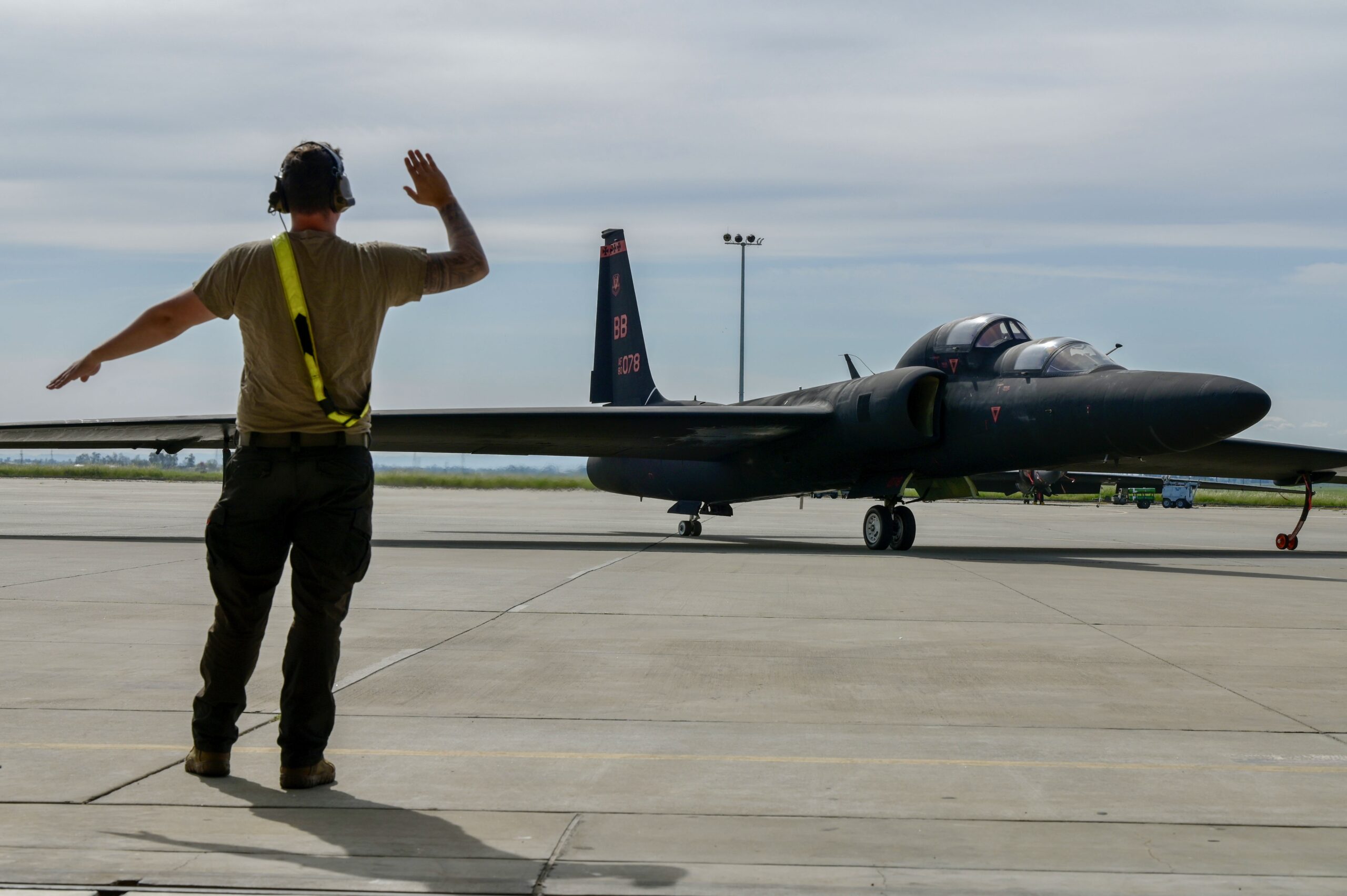
Major maintenance on U-2 spy planes is conducted at Plant 42, where Lockheed Martin typically provides Program Depot-level Maintenance (PDM) for U-2s. Plant 42 is also the home of the company’s famous Skunk Works, which designed the U-2 in the 1950s.
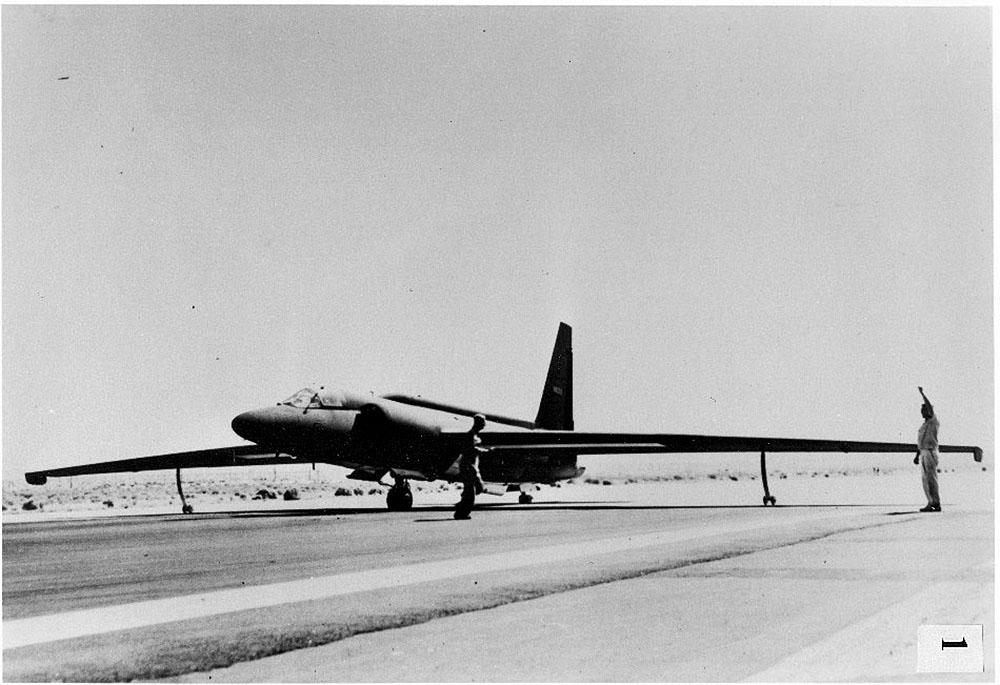
PDM work typically involves a complete re-fresh of the aircraft, performed once every seven years to keep it flying for a further seven years. The damage sustained by 1078 was significant enough that it could not be flown to Palmdale, and it was decided that all work, including that associated with PDM, needed to be conducted at Beale.
”Since 1078 was stuck at Beale, the decision was made to do the wing repair and all PDM work at Beale instead of Plant 42,” Maj. Brandon, Air Force Life Cycle Management Center (AFLCMC) Detachment 4 Chief of Flight Test Operations, said. ”A small team of Lockheed Martin technicians and Det 4 personnel operated remotely out of Beale to complete the PDM restoration on 1078.”
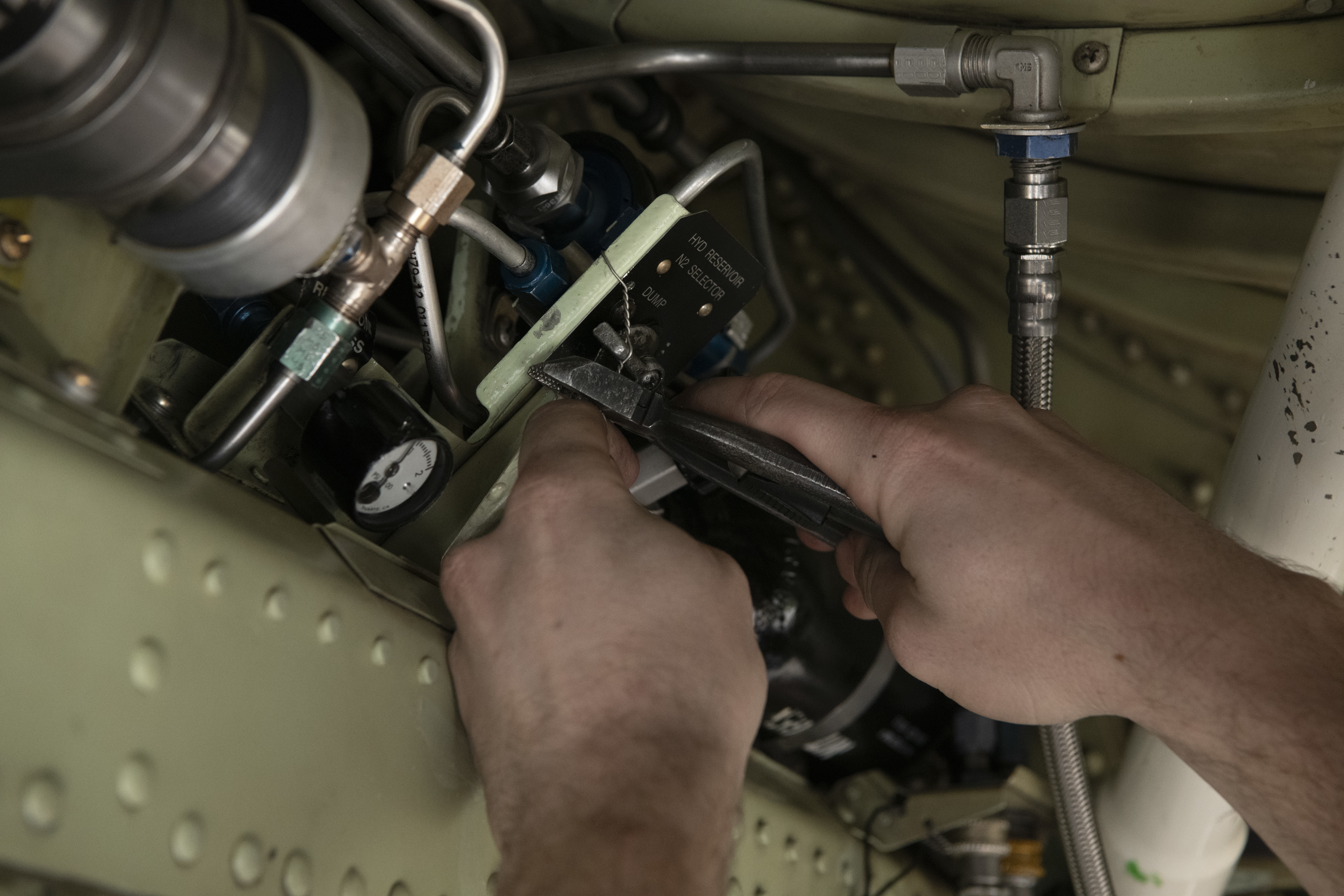
As such, 1078 was totally disassembled, had its engine and wings removed, and saw various parts and components replaced, before being reassembled. It was not, however, repainted black while at Beale. The precise cost of the repair and PDM work performed remains unclear at present. We’ve reached out to Beale AFB for more information.
In the end, 1,030 days, just under three years, passed after the flightline accident before it was ready to fly again. The aircraft’s first flight since the mishap took place on February 15; part of an initial series of tests designed to check its proper functioning. The flight on February 15 saw 1078 become the first silver U-2 to take to the skies before being repainted since 2014.
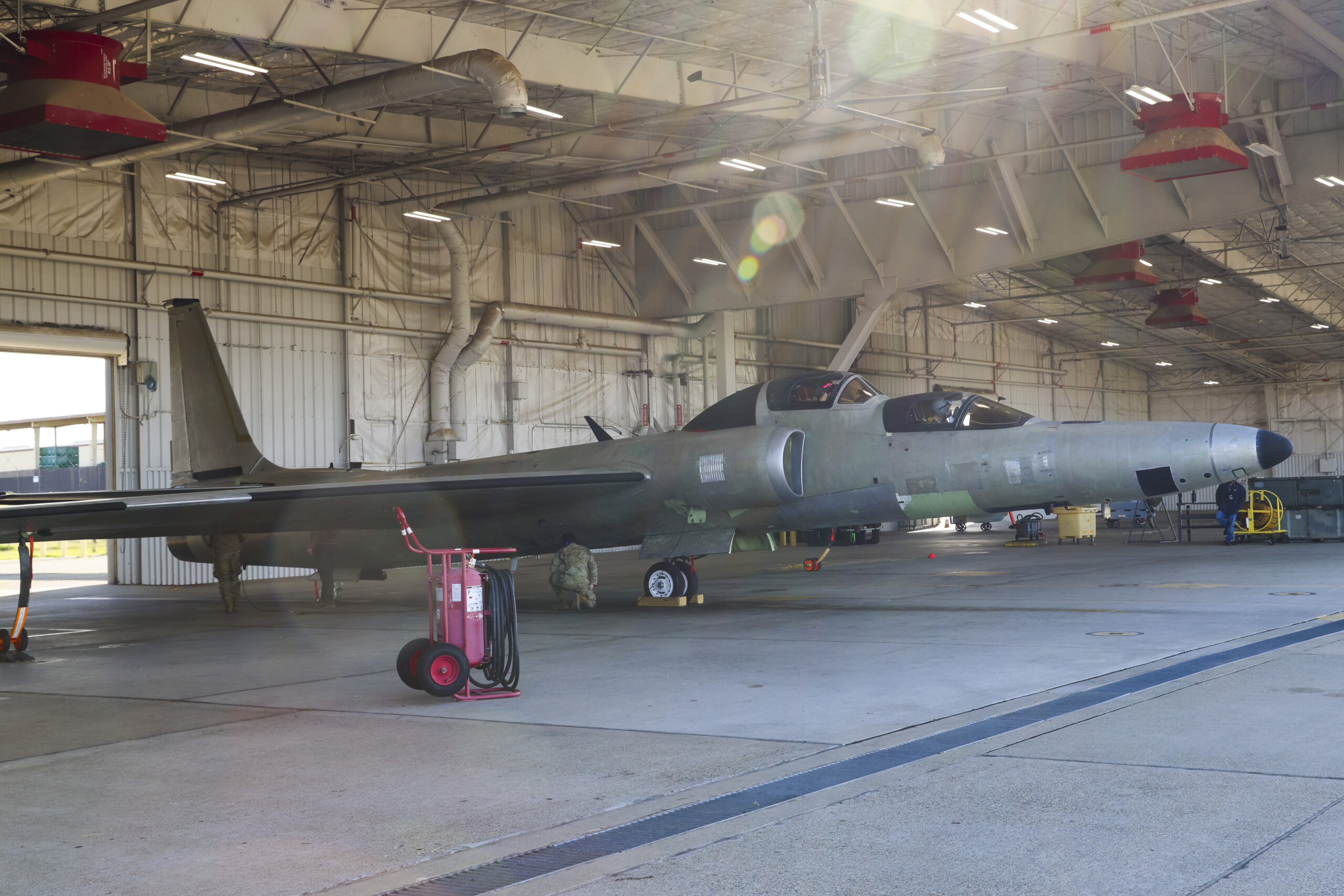
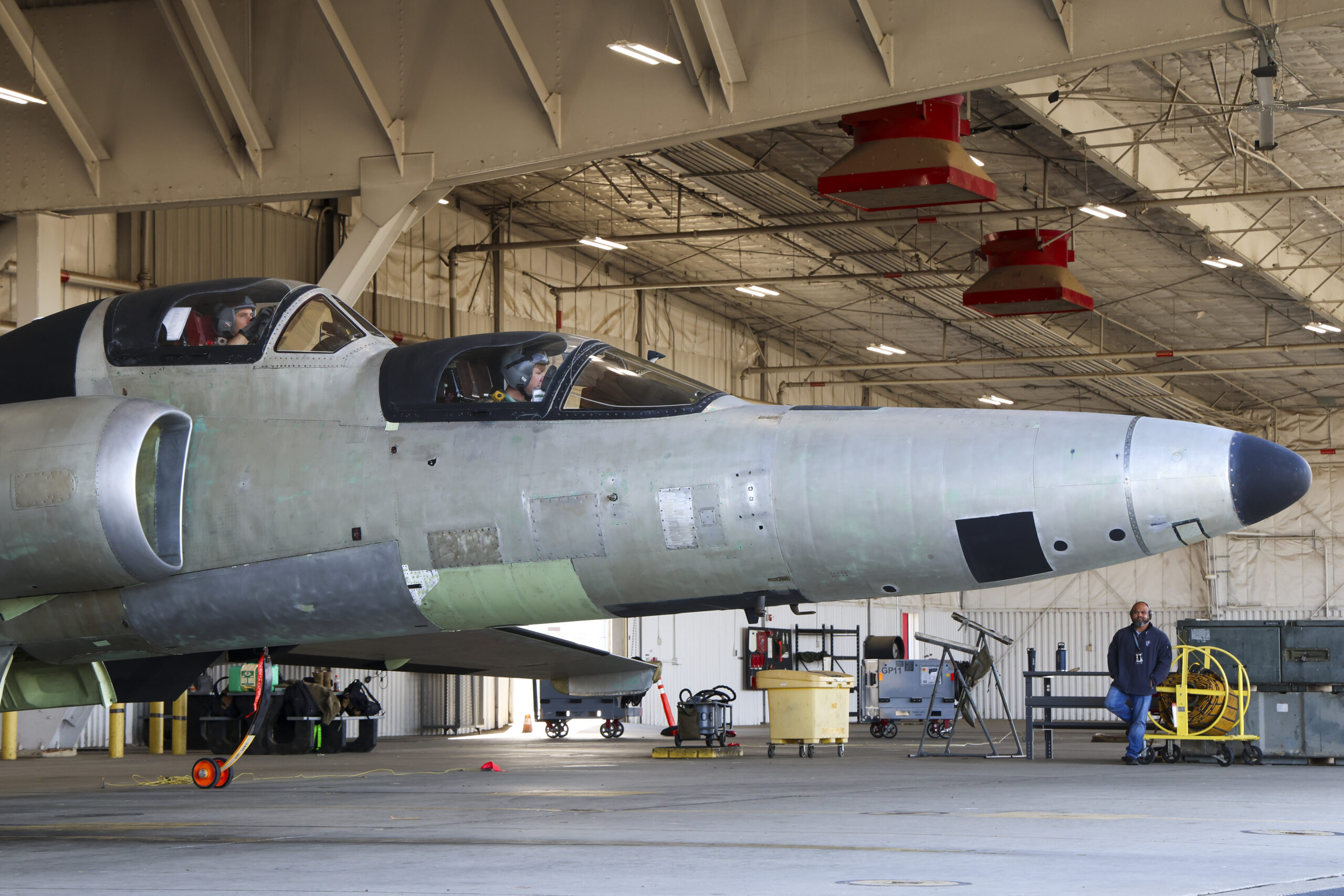
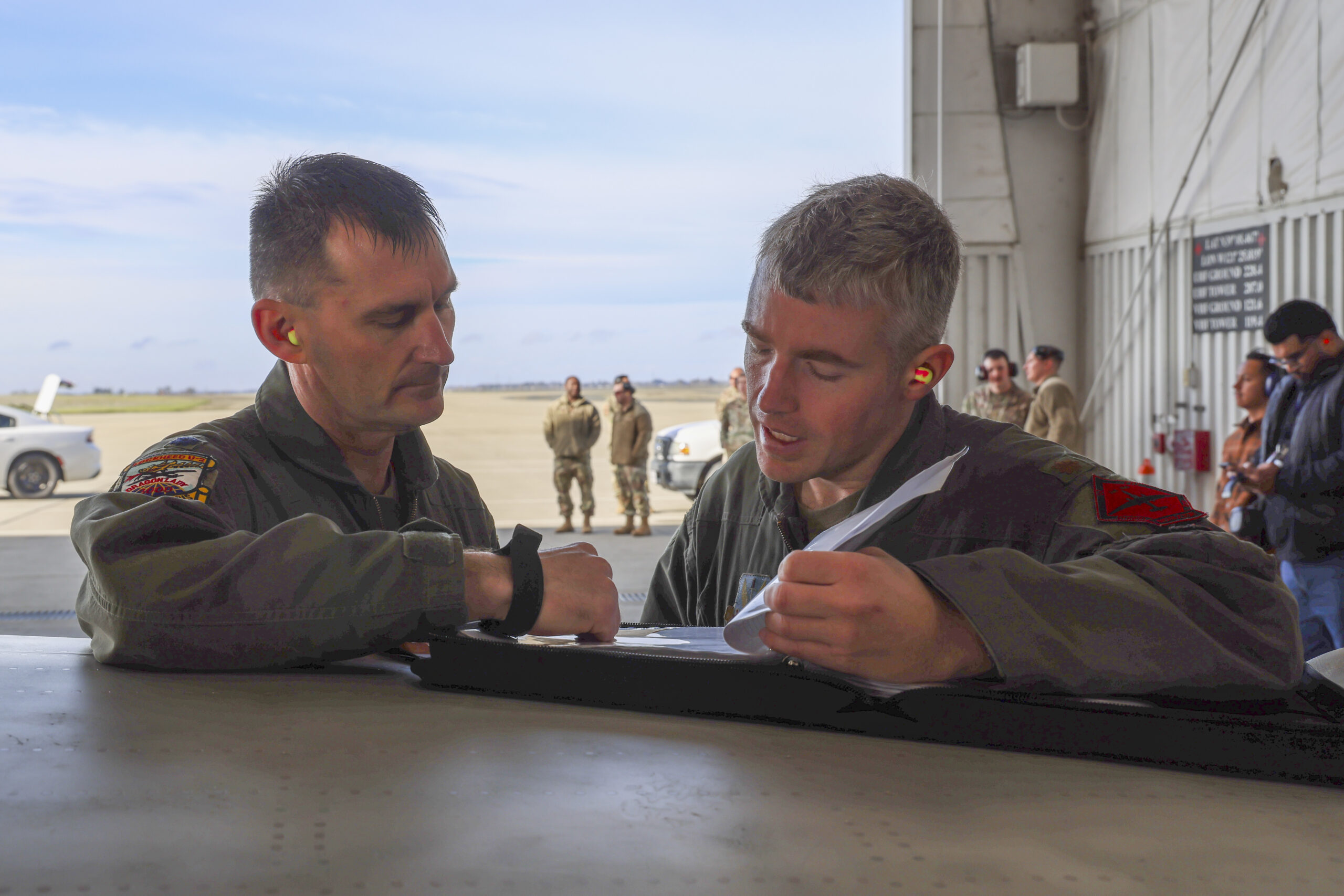
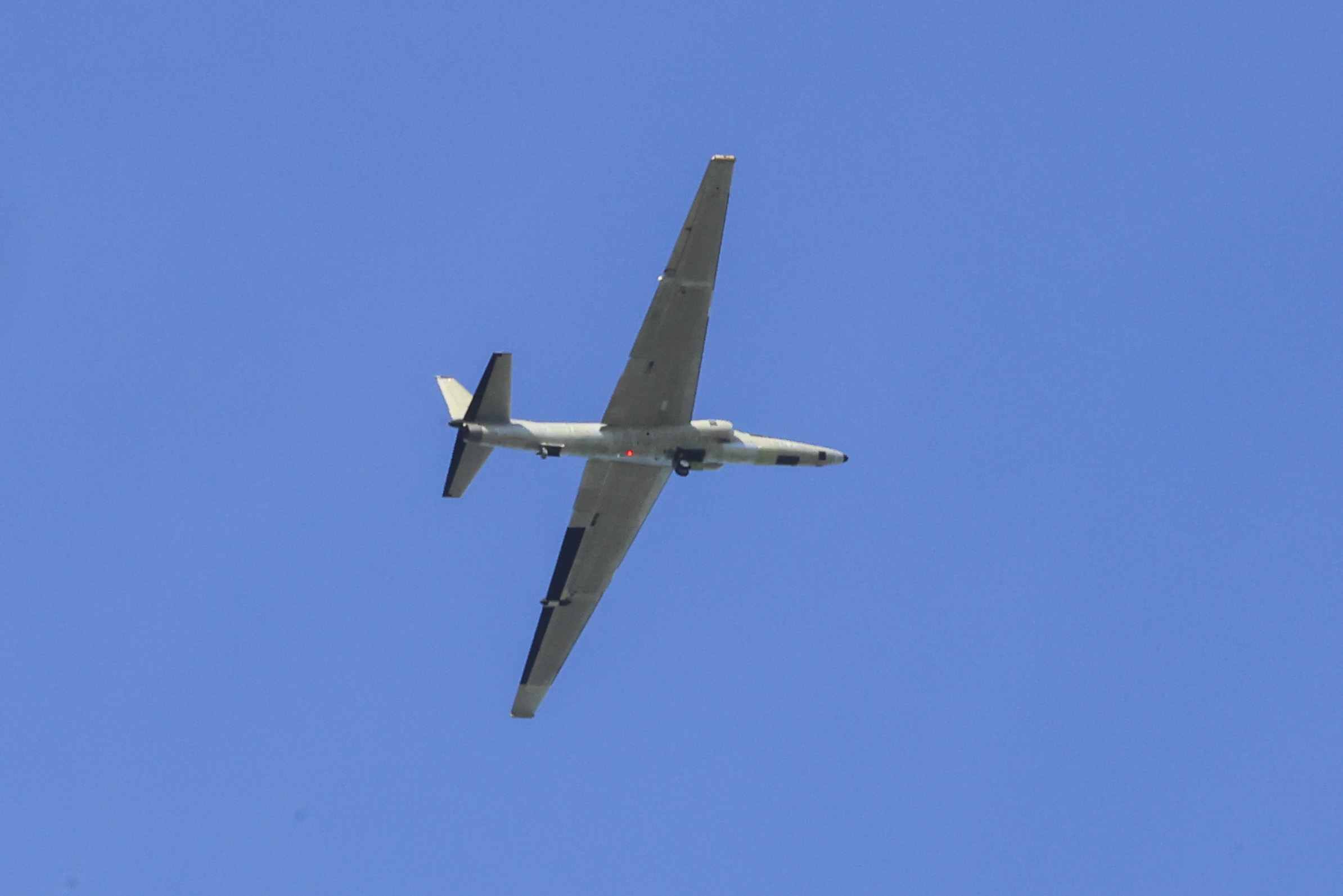
”Flight checkouts included a taxi test to evaluate systems prior to a flight, a low functional check flight to conduct safety checks, and a high functional check flight taking the airplane to the limits and ensuring all systems operate normally to check all components,” were performed, Lt. Col. Joshua, 1st Reconnaissance Squadron student flight commander, said.
The last test flight out of Beale was conducted in excess of 70,000 feet, with the pilot wearing one of the iconic high-altitude pressure suits associated with the U-2.
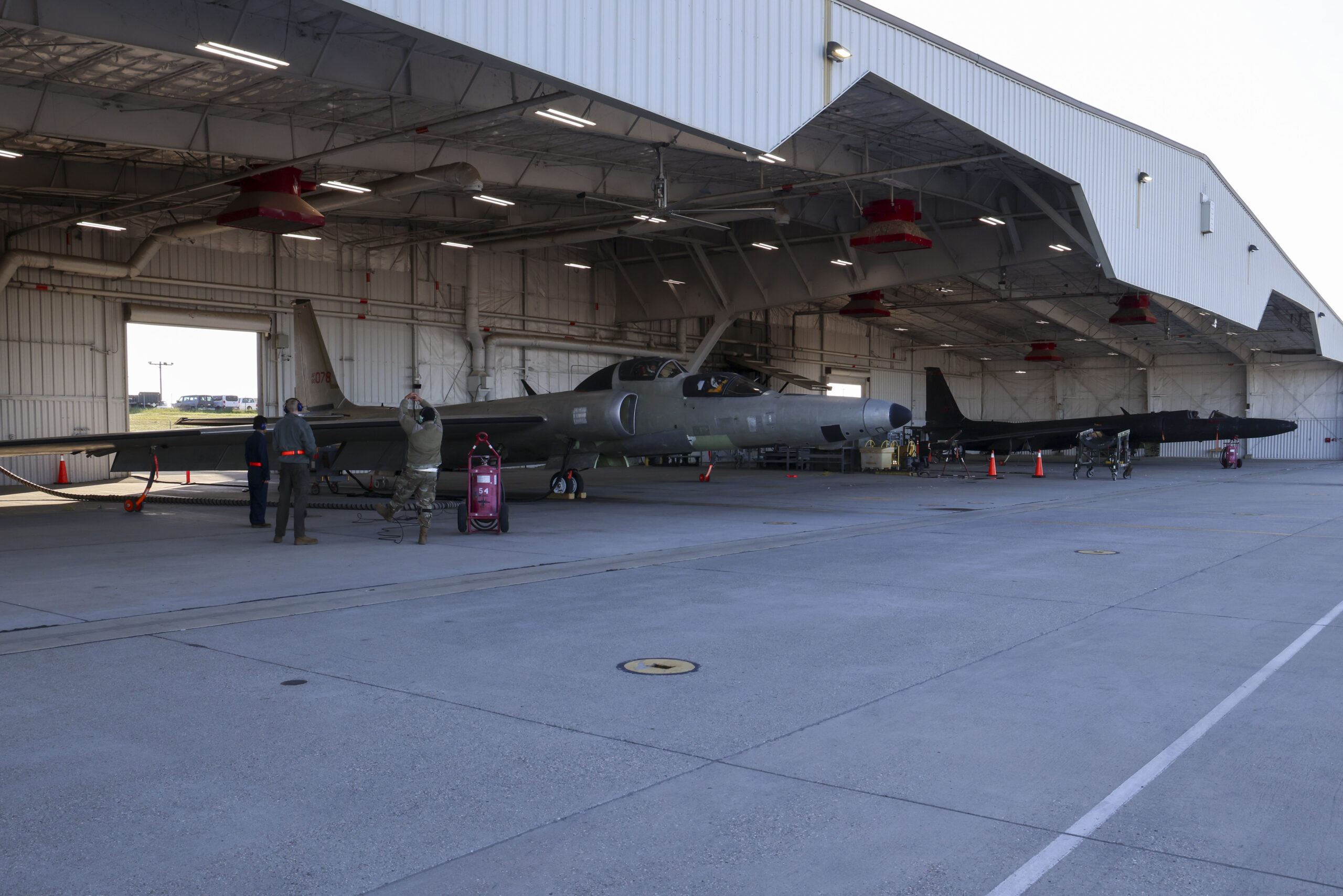
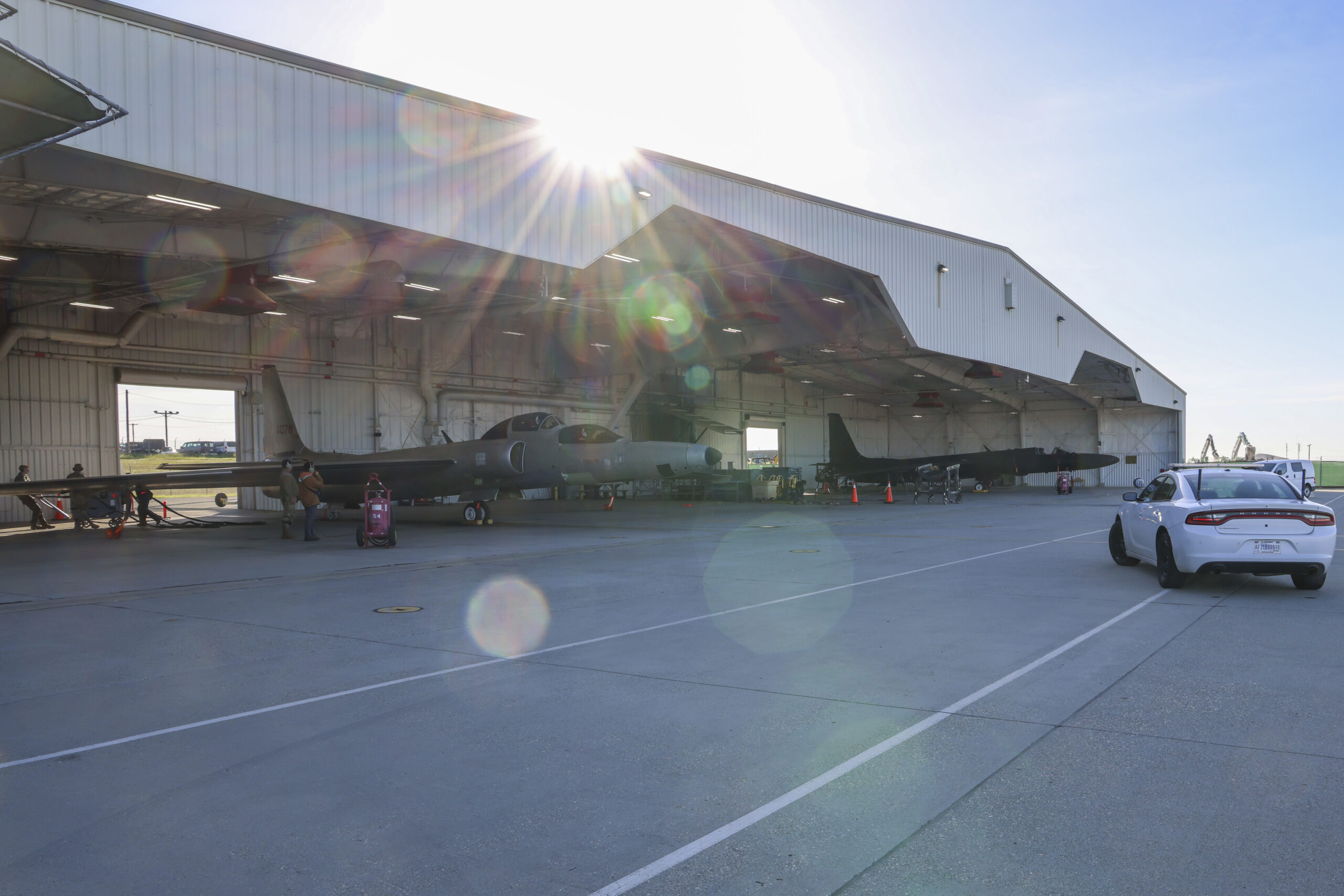
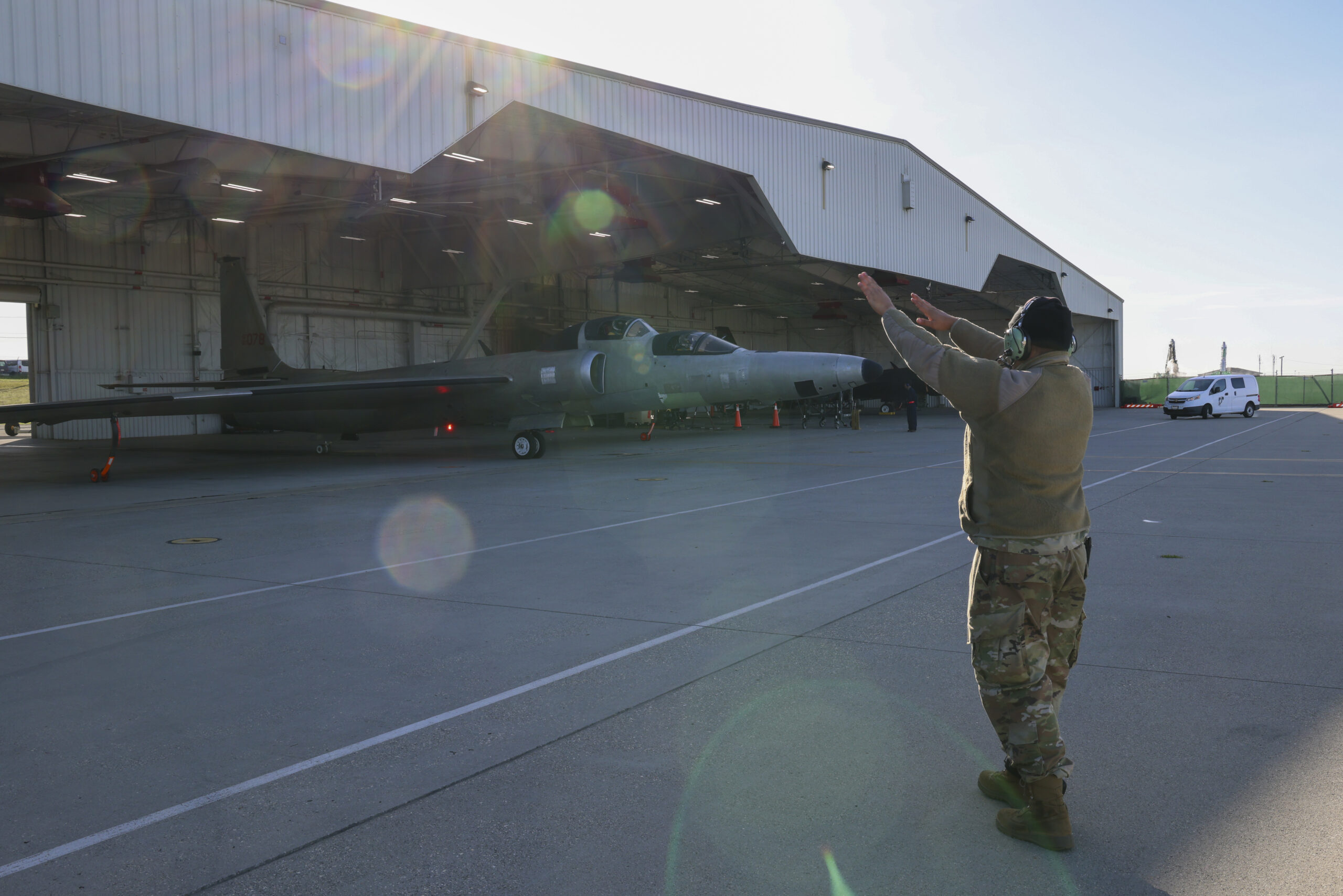
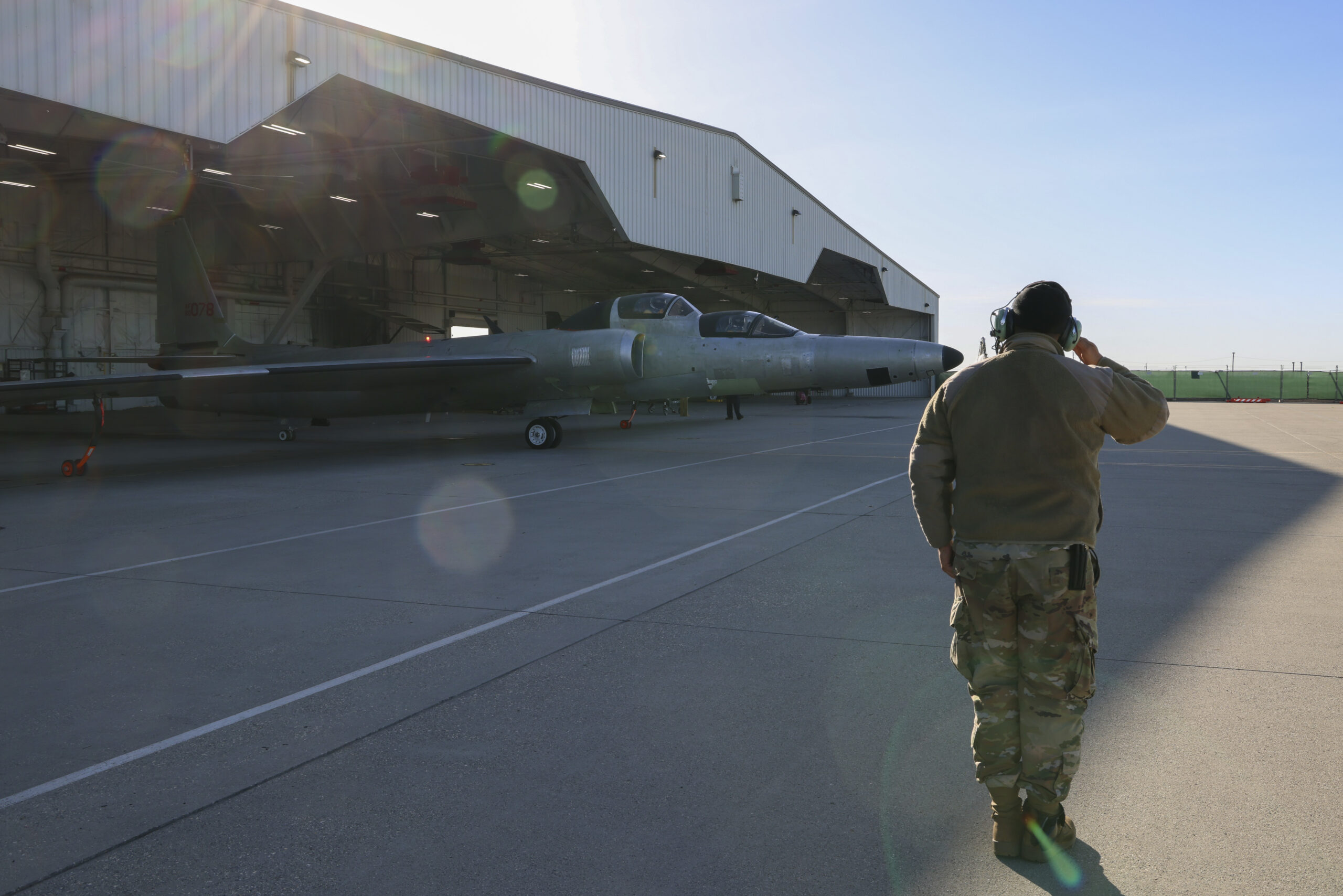
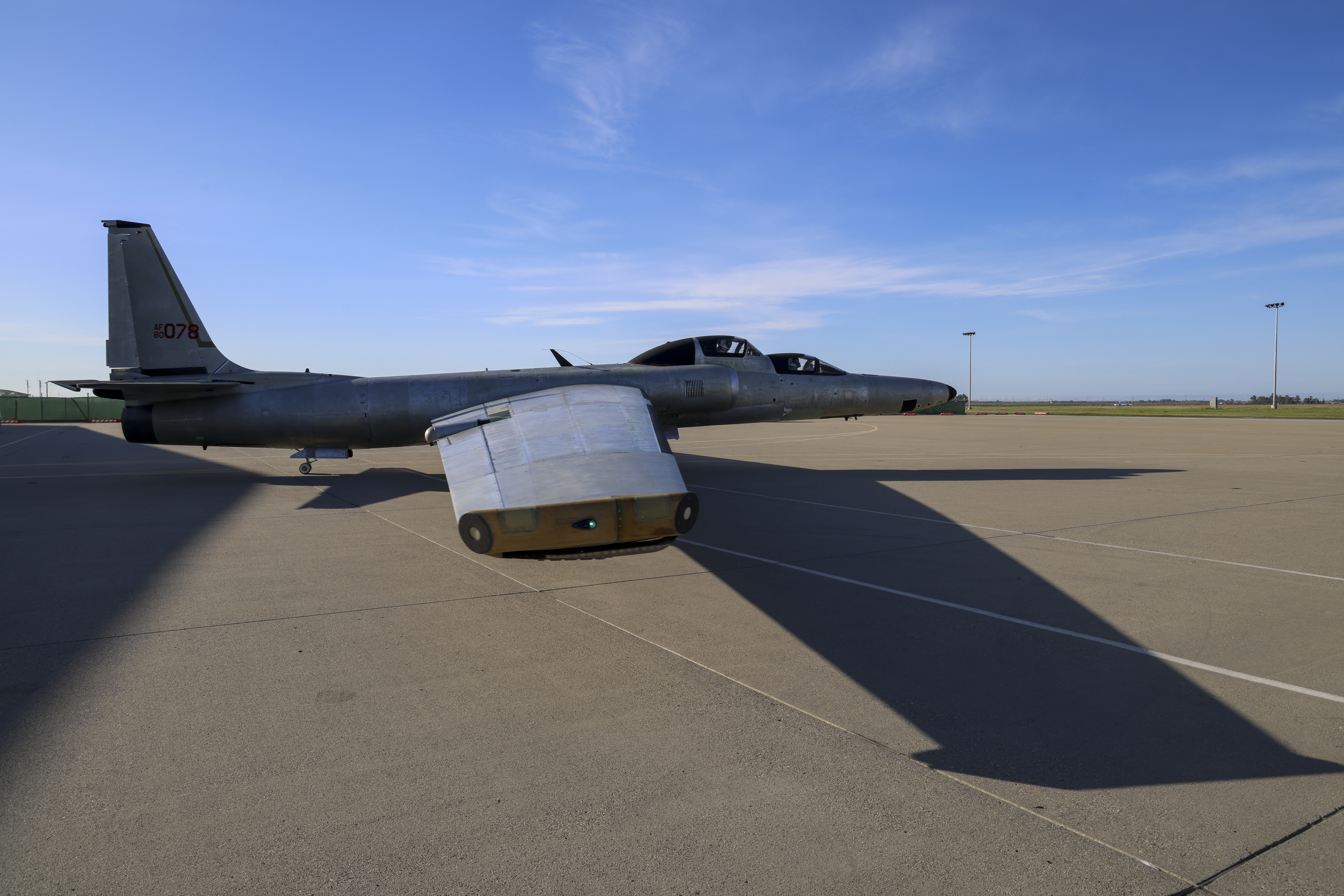
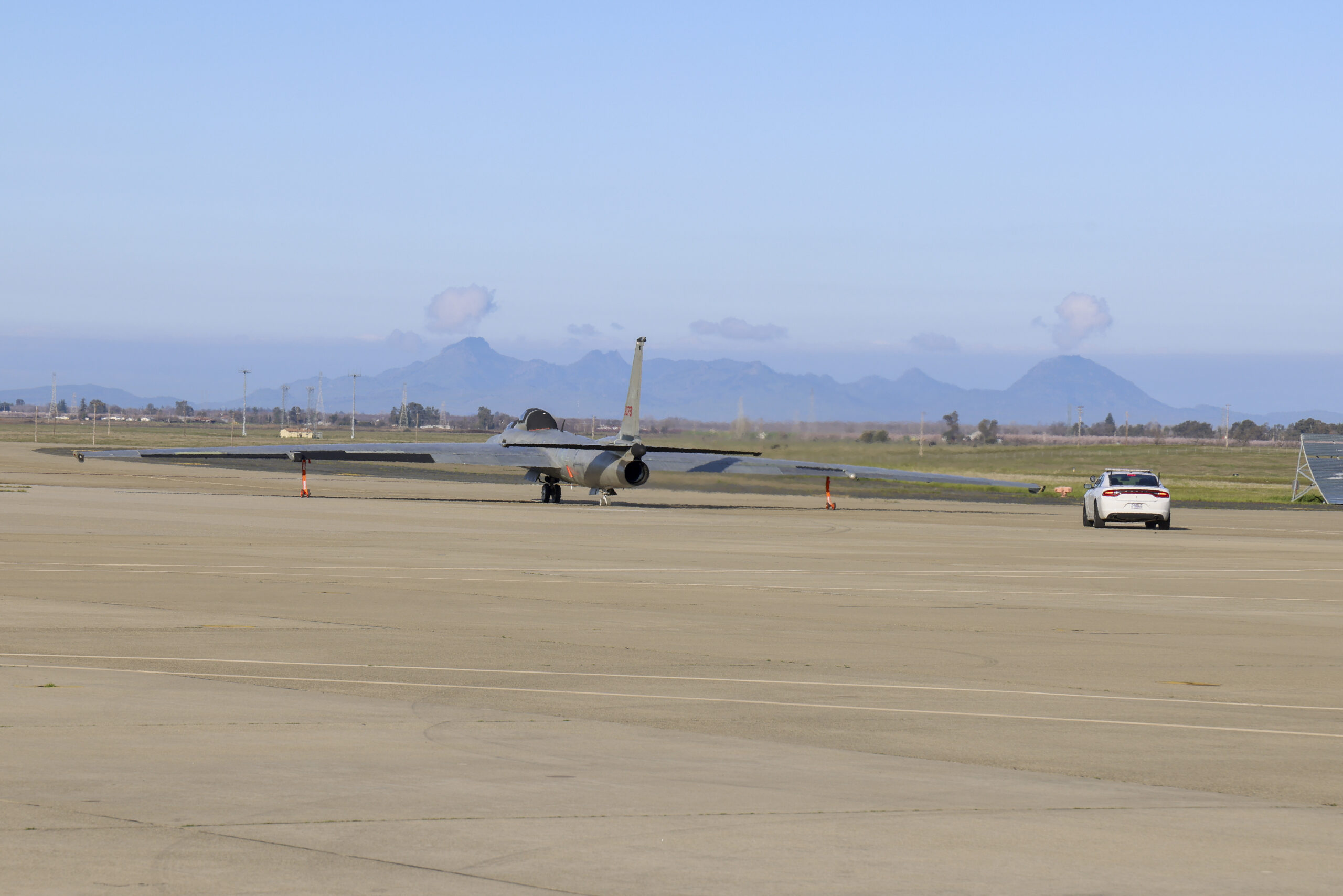
After passing all the tests, Brandon took 1078 on a solo flight to Plant 42 in Palmdale on February 29.
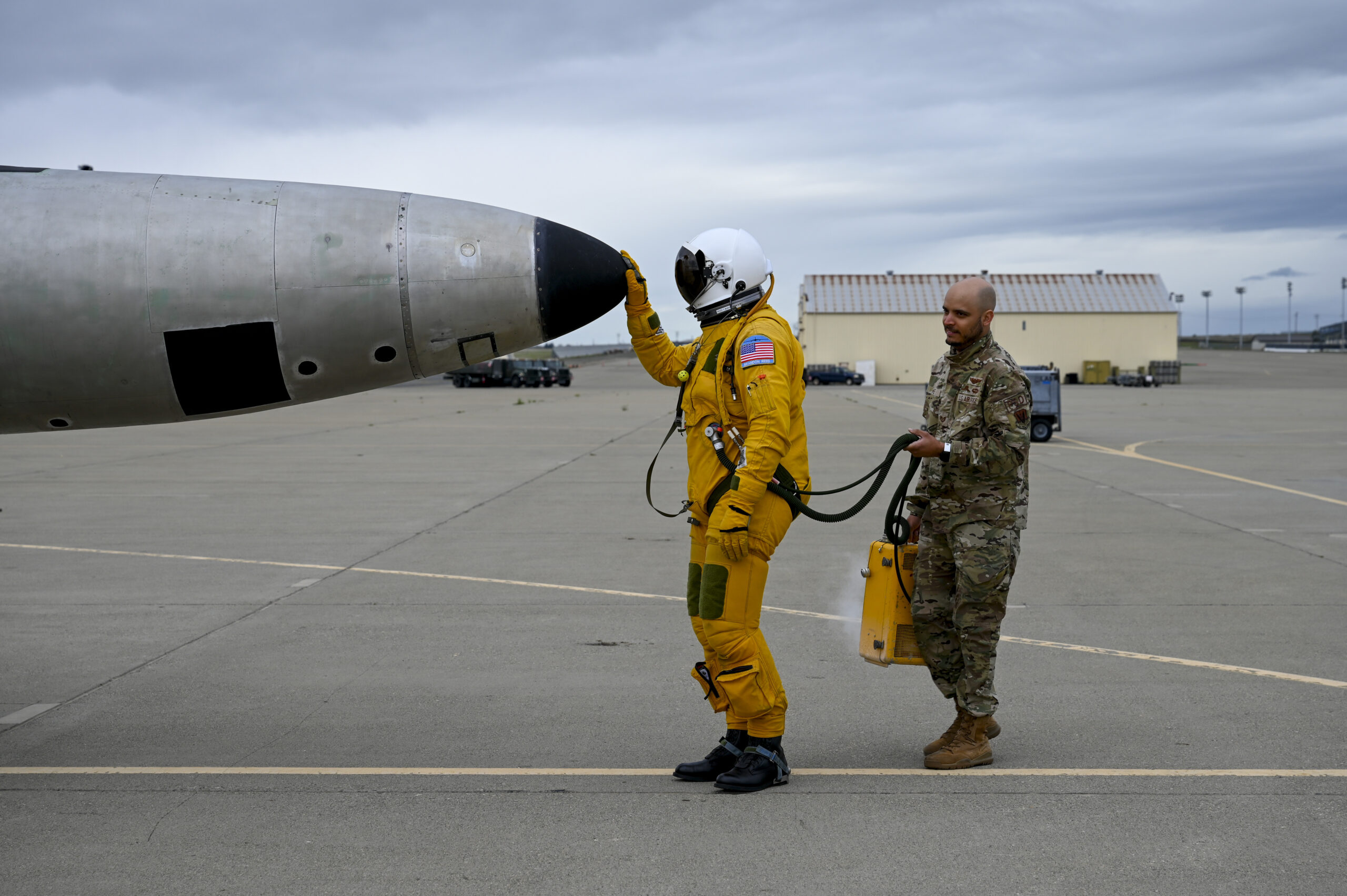
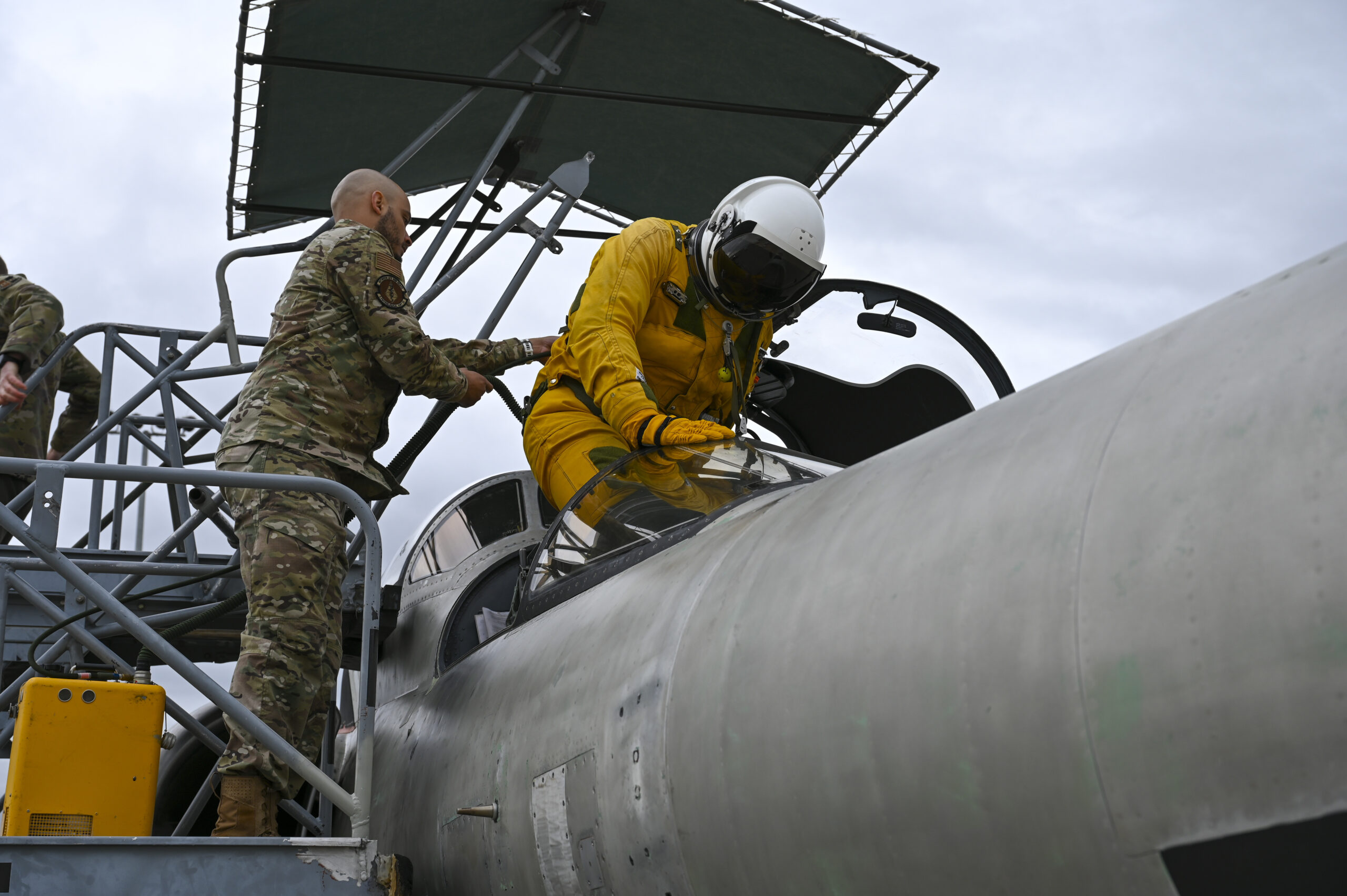
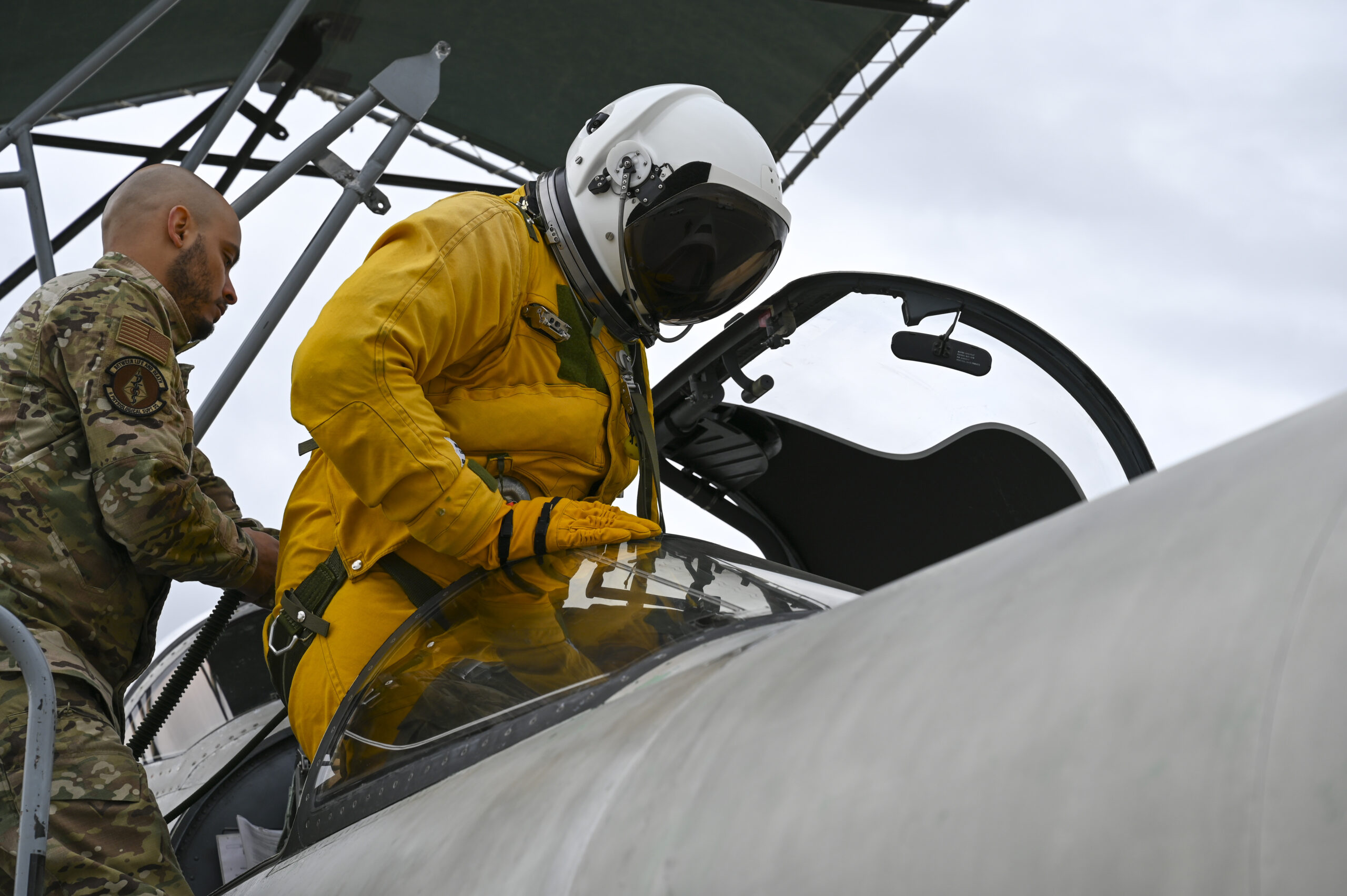
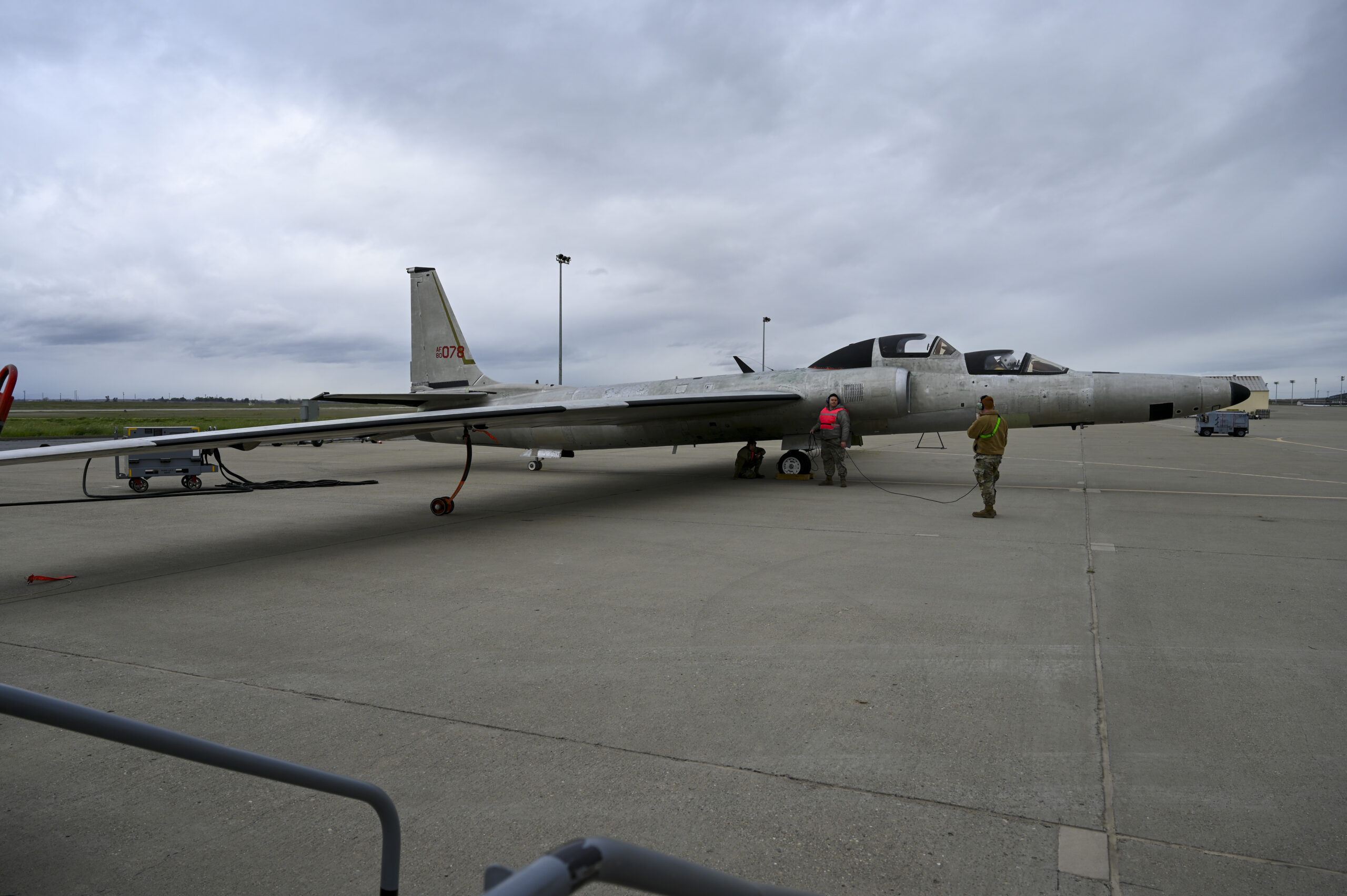
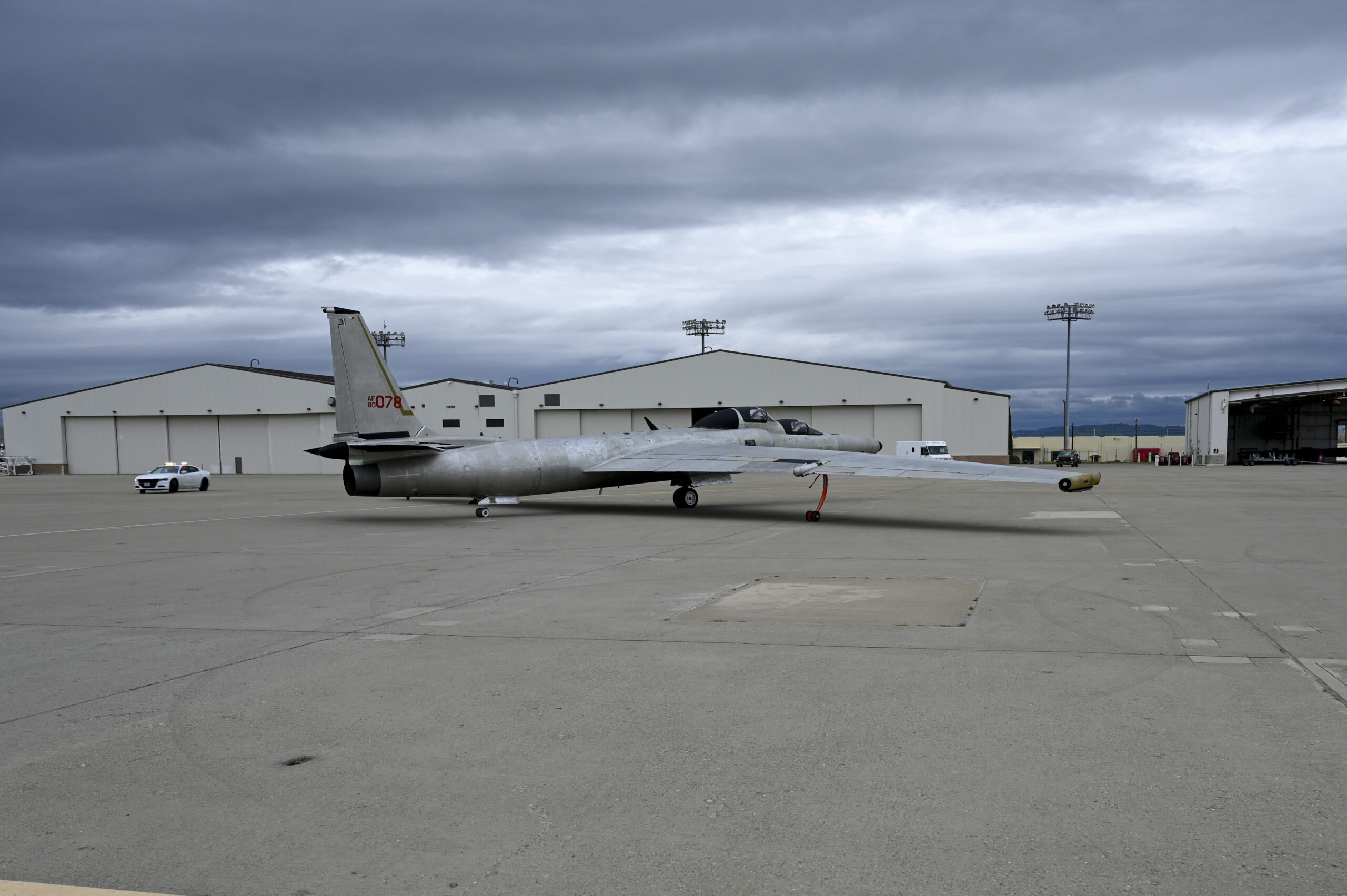
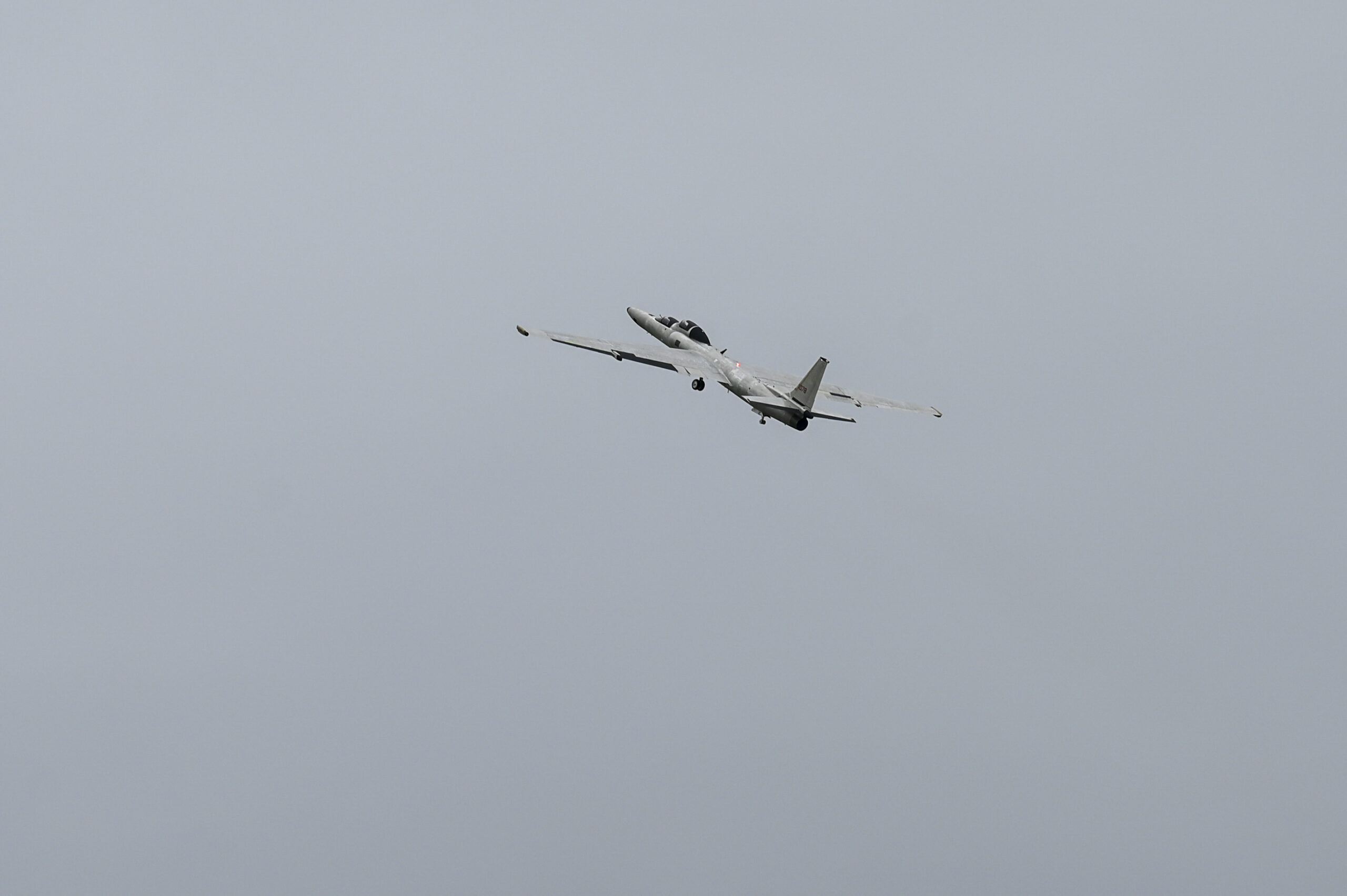
Aircraft 1078 returned to Beale on March 21, with a fresh coat of black paint ready for service.
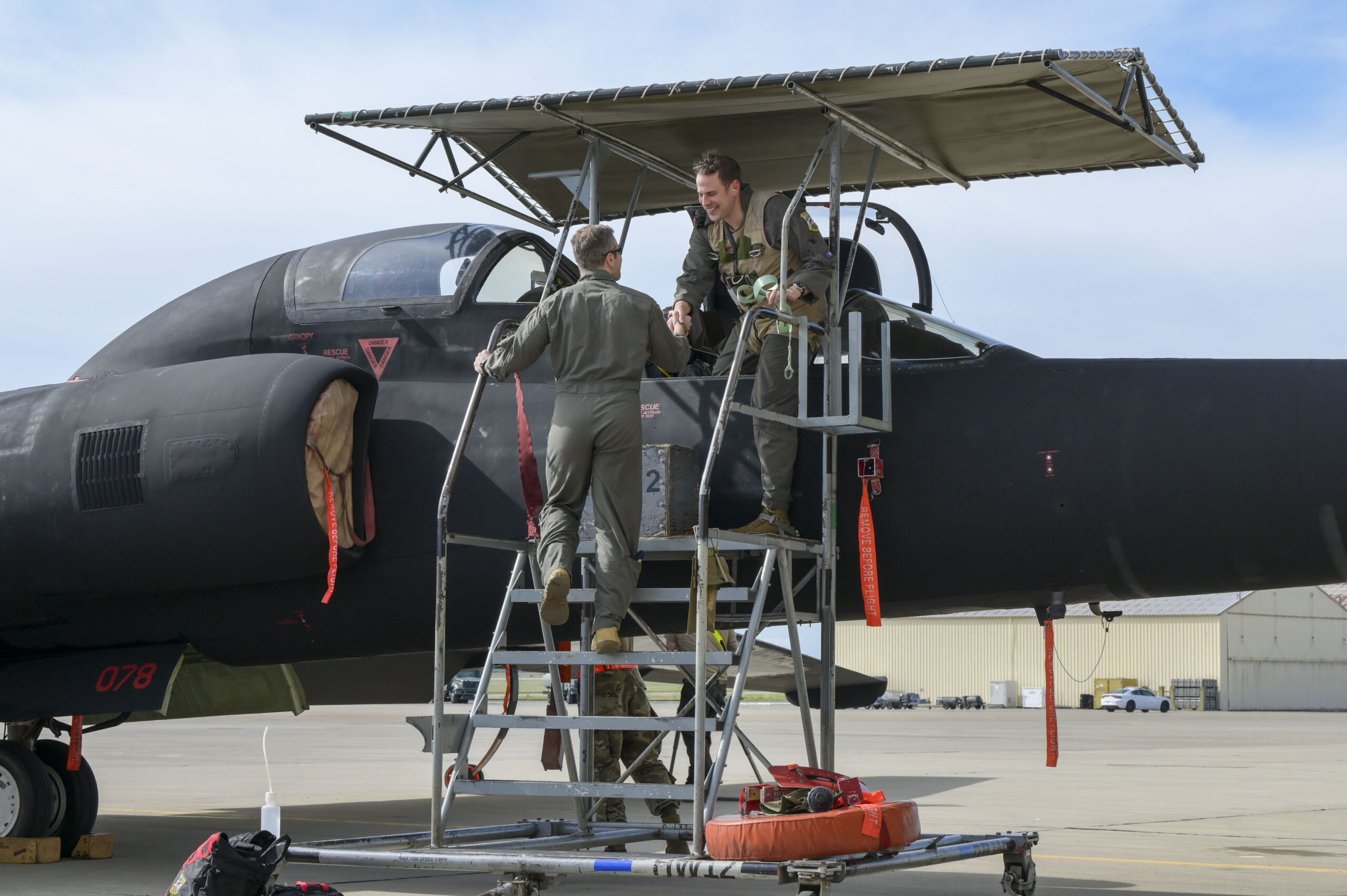
For the Air Force, the rarity of its TU-2Ss, and their importance in training U-2 pilots, provided a clear incentive for restoring 1078 to full working order, despite the complexity of doing so at Beale and regardless of cost. There really is no substitute for a TU-2S in learning how to fly a U-2 for pilots; particularly when it comes to landing, as well as flying at high altitude.
The U-2 can fly higher than any other operational Air Force air-breathing aircraft, at least of those that are publicly acknowledged, and has a high degree of modularity, allowing for greater operational flexibility with regard to ISR (information, surveillance, and reconnaissance) capabilities. It can also be used for other missions, too, including acting as a communications relay and data gateway node.
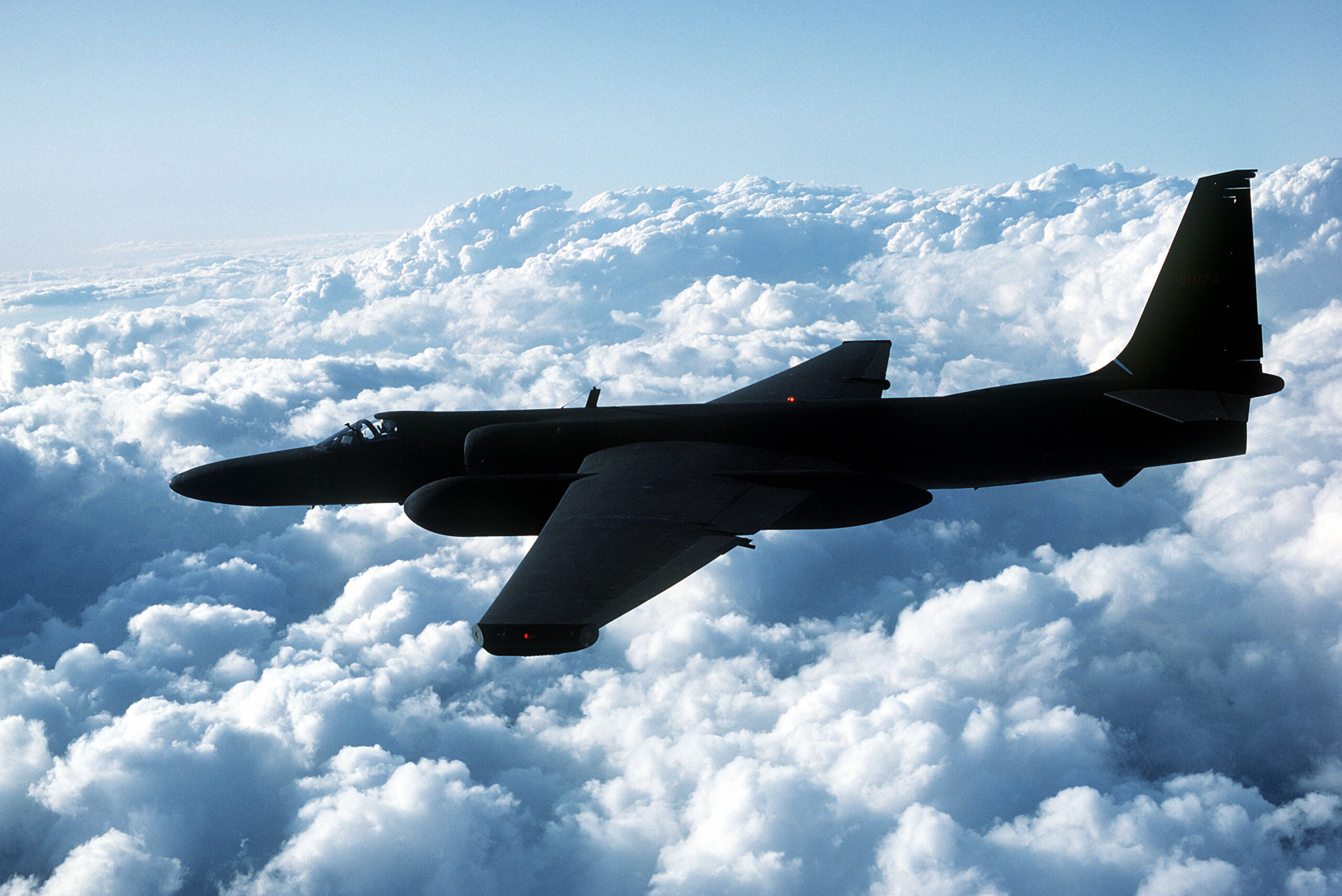
“[1078’s] restoration returns a valuable asset back to the 1st RS [Reconnaissance Squadron] allowing access to three two-seat trainers. This provides better aircraft availability to the newest class of U-2 pilots, especially after the retirement of TU-2S 1065 in 2023 and the tragic loss of aircraft 1068 in 2016,” Joshua notes.
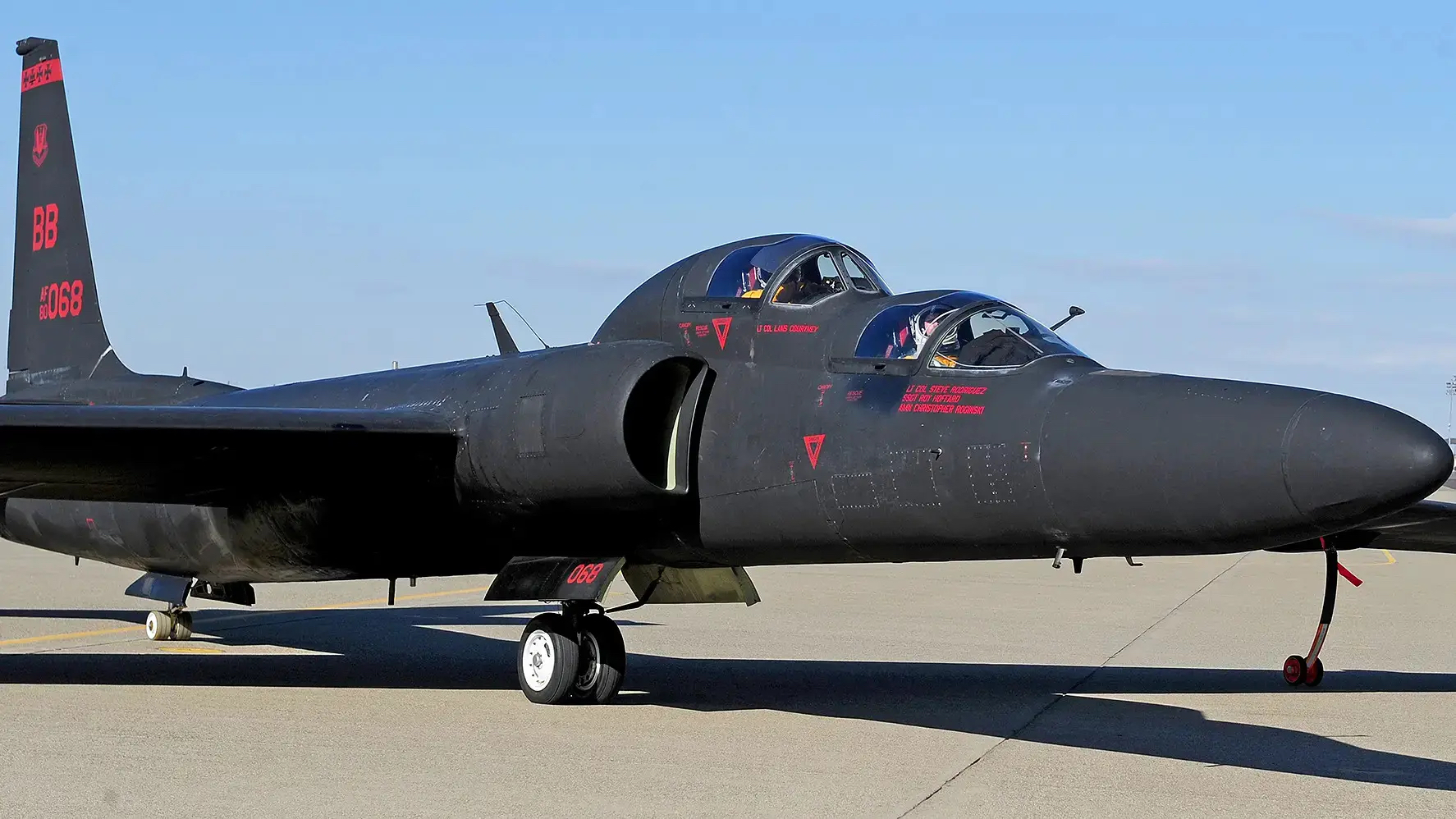
However, the need for Beale’s TU-2Ss might well be short-lived, given that the Air Force is moving toward retiring its entire U-2 fleet by 2026. This is hardly the first time that the Air Force has looked to end the Dragon Lady’s career, though.
At present, the service’s current Dragon Lady fleet stands at 27 aircraft, inclusive of the three TU-2S trainers. The Pentagon intends to replace its U-2s with a mix of space-based systems and other assets; including what’s widely thought to be one or more advanced, high-flying, classified drones. You can read more about this here.
Despite this, it’s clear that the Air Force’s TU-2Ss still fulfill an important function. Depending on whether the USAF is finally successful in eliminating the U-2 fleet once and for all, it will fulfill that function for at least the next couple of years.
Contact the author: oliver@thewarzone.com
